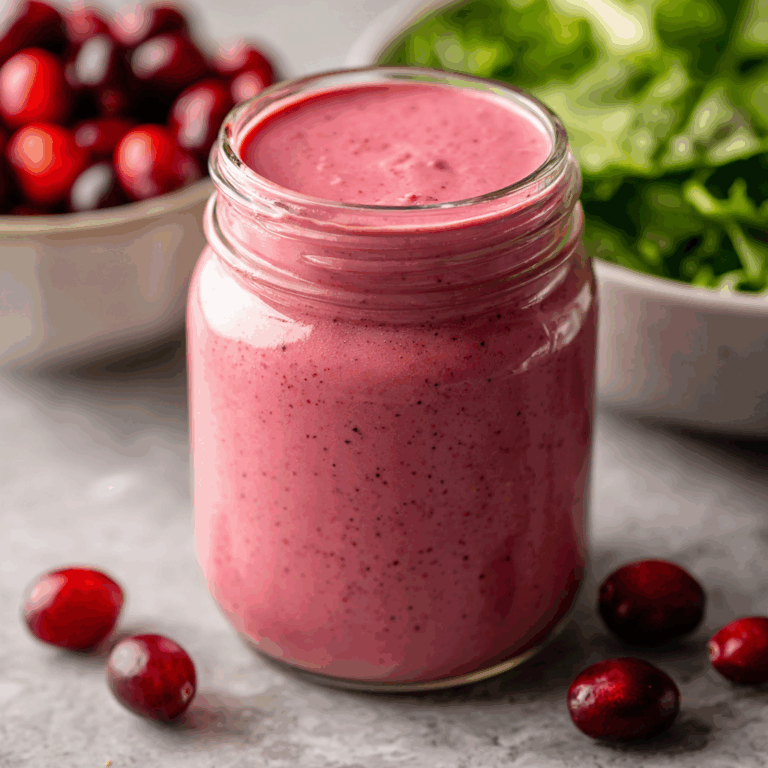Room-Temperature Eggs
Why You’ll Love This Tip
Room-temperature eggs are a simple baking trick that can make a big difference in your recipes. They mix more evenly into batters and doughs, help achieve better volume in whipped egg whites, and contribute to smoother textures in cakes, cookies, and pastries. Using eggs at room temperature is especially important for recipes that rely on emulsification, such as custards and buttercreams.
ingredients

(Tip: You’ll find the full list of ingredients and measurements in the recipe card below.)
eggs (large, fresh, ideally straight from the refrigerator)
directions
Remove the eggs from the refrigerator about 30 minutes before baking to allow them to reach room temperature naturally.
If you’re short on time, place cold eggs in a bowl of warm (not hot) water for 10–15 minutes.
Dry the eggs thoroughly before using them in your recipe.
Use immediately once they’ve reached room temperature.
Servings and timing
This tip applies to any recipe using eggs, from cookies to cakes to breads.Timing: 30 minutes at room temperature or 10–15 minutes using the warm water method.
Variations
Use room-temperature eggs when making meringue to achieve maximum volume.
Try it in custards and flans for an ultra-smooth texture.
Incorporate them into creamed butter-sugar mixtures for a fluffier cake batter.
Use with melted chocolate to prevent seizing.
storage/reheating
Once eggs have reached room temperature, use them promptly for best results.Do not return to the refrigerator after warming in water.

FAQs
Why are room-temperature eggs important in baking?
They blend more easily with other ingredients, leading to even textures and better rise.
Can I bake with cold eggs?
Yes, but it may affect texture and consistency, especially in delicate recipes.
How long do eggs take to reach room temperature?
About 30 minutes on the counter, or 10–15 minutes in warm water.
Can I microwave eggs to warm them?
No, microwaving eggs in their shells can cause them to explode. Use warm water instead.
Do all recipes need room-temperature eggs?
Not always, but it’s recommended for most baking recipes involving creaming or emulsification.
Conclusion
Using room-temperature eggs is a small step that can significantly enhance the outcome of your baked goods. From fluffier cakes to smoother batters, this easy trick ensures your ingredients blend harmoniously for the best texture and taste. Keep it in your baking toolbox—you’ll notice the difference.
Print
Room-Temperature Eggs
- Total Time: 15–30 minutes
- Yield: Variable (depends on your baking recipe)
Description
A simple yet essential baking tip—using room-temperature eggs improves texture, volume, and emulsification in recipes like cakes, cookies, and custards.
Ingredients
- Large fresh eggs (preferably straight from the refrigerator)
- Warm (not hot) water (optional, for quick warming)
Instructions
- Remove eggs from the refrigerator and let sit at room temperature for 30 minutes before use.
- If short on time, submerge cold eggs in a bowl of warm (not hot) water for 10–15 minutes.
- Dry eggs thoroughly with a towel before using.
- Use the eggs immediately after they’ve reached room temperature.
Notes
- Room-temperature eggs improve volume in whipped egg whites and create smoother textures in cakes and custards.
- Use with melted chocolate to avoid seizing.
- Do not return warmed eggs to the refrigerator.
- Prep Time: 30 minutes (room temp method) or 15 minutes (warm water method)
- Cook Time: 0 minutes
- Category: Baking Tips
- Method: Room Temp Prep
- Cuisine: Universal
Nutrition
- Serving Size: 1 egg
- Calories: 70
- Sugar: 0g
- Sodium: 70mg
- Fat: 5g
- Saturated Fat: 1.5g
- Unsaturated Fat: 3g
- Trans Fat: 0g
- Carbohydrates: 1g
- Fiber: 0g
- Protein: 6g
- Cholesterol: 185mg





